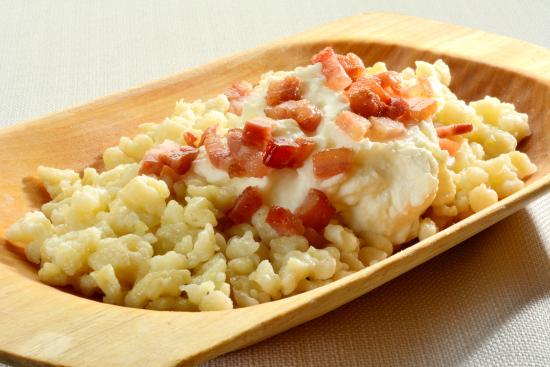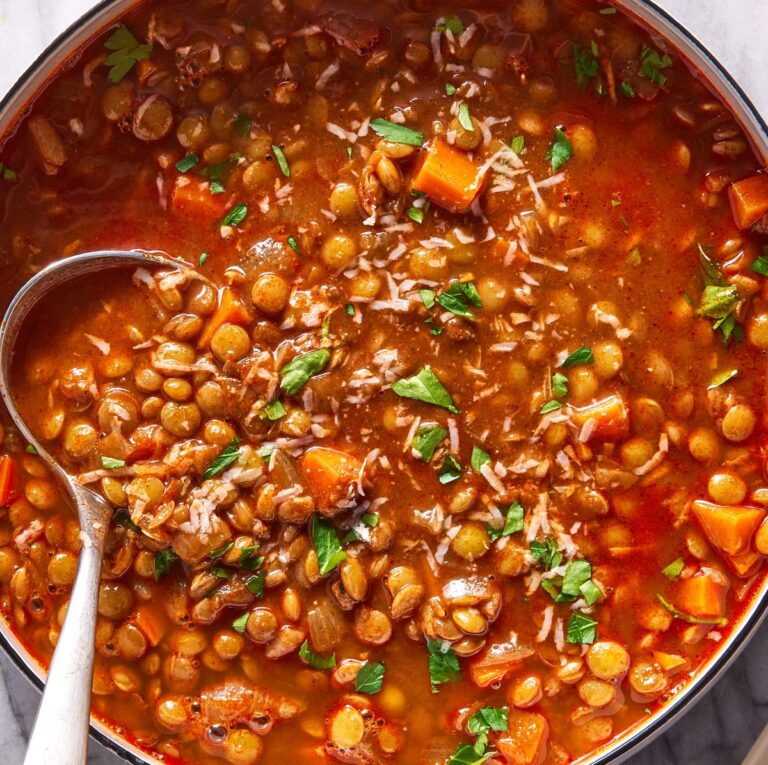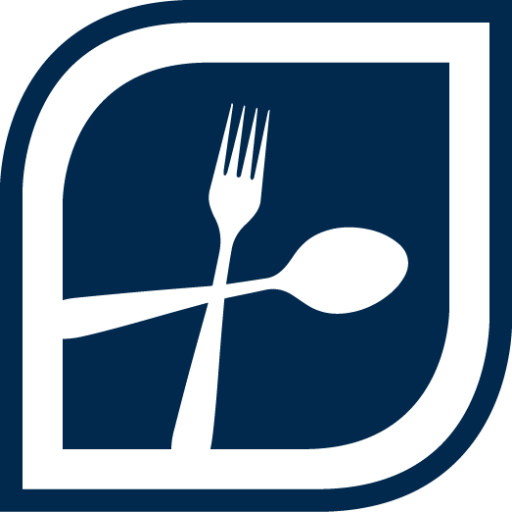In the world of food packaging, salt and sodium are often used in marketing but do they mean the same thing? In today’s blog post we’ll look at the differences between salt and sodium, the role sodium plays in our bodies, how much is needed in terms of our health, and some ways to decrease your sodium intake.
Sodium vs Salt
First let’s talk about the difference between salt and sodium. These terms are often used interchangeably, but they are not the same thing. Sodium is an essential mineral to human bodies, we need it to survive. Our bodies cannot make sodium so we must consume the mineral through food or drinks. What is often referred to as salt is table salt, a compound of sodium and chloride. If you take a look at a nutrition label, you’ll notice that sodium is what is listed, not salt.
To keep it simple, think of salt as what you add to food and sodium as what is already in the food when you buy it.
What Are the Different Types of Salt?
Did you know that there are over 12 types of salt? I sure didn’t! Let’s take a look at the twelve most common ones.
- Table salt: this salt is mainly used to add to food at the table, and included added iodine, minerals, and an anti-caking agent to prevent clumps
- Kosher salt: used at the table and in some dishes
- Himalayan Pink Salt: contains other minerals
- Sea Salt: also includes other minerals, and very high in sodium compared to table salt (per gram). Has some variations, which come from different parts of the world and by adding different elements.
- Celtic Grey Sea Salt
- Fleur De Sel
- Flake Salt
- Red Hawaiian Salt
- Black Hawaiian Salt
- Smoked Salt
- Himalayan Black Salt
- Pickling Salt: no added minerals or caking agents
The difference in the types of salts is not only the added minerals and agents, but also the percentage of sodium. Table salt has the lowest sodium percentage of the type listed above. This means that if you use 1 teaspoon of table salt vs 1 teaspoon of pink Himalayan salt, you are getting less sodium by using the table salt. While some variations do have added minerals, you would have to use a large amount of them to get benefits from those minerals. From a culinary perspective, one salt may be preferred over the others for a certain cooking method but from a nutrition standpoint one is not better than another. Also know that some salts who are higher in sodium, require less salt overall on your food.
What is the Role of Sodium in the Human Body?
Sodium plays an essential role in the human body in many ways. That includes but is not limited to:
- Contract and relax muscles
- Maintain water balance
- Maintain mineral balance
- Conduction of nerves
As we mentioned earlier, the human body cannot produce sodium for itself, so it’s important to eat or drink some sodium throughout the day.
How Much Sodium Do I Need to Eat in a Day?
The recommended level of sodium to intake is 1,500 to 2,300 milligrams (mg) per day. That being said, it is estimated that only 500 mg of sodium is needed for the vital functions.
For reference, 1 teaspoon of table salt (approximately 6 grams) will contain 2,300 milligrams of sodium. This equates to about 377 mg of sodium per 1 gram of table salt. In comparison, 1 gram of sea salt equates to about 476 mg of sodium.
What Happens if I Eat Too Much Sodium?
According to the American Heart Association, the average American consumes 3,400 mg of sodium per day. That is over 1,000 mg more than the upper level of the recommendation.
You might notice a few different symptoms of eating too much salt such as: increased thirst, swollen hands or feet, headache, or a rise in blood pressure.
Long-term, increased sodium intake can cause damage to multiple organs and cause major health issues. A few of these consequences include:
- Hypertension (high blood pressure)
- Heart disease
- Stroke
- Kidney stones
- Kidney disease
Blood pressure is checked at nearly every adult visit when seeing a doctor. If you notice any of the symptoms above recurring, talk to your primary care doctor about your risk of sodium-related health issues.
What Happens if I Don’t Eat Enough Sodium?
There are three ways that your body can have too little sodium: too little of an intake, dilution of blood sodium, or too much sodium being lost. Sodium can be lost through urine, vomiting, diarrhea, and perspiration (sweat). Dilution can occur by drinking too much water. As we talked about above, sodium plays a huge role in the fluid balance for our bodies. Too little sodium can lead to:
- Nausea
- Vomiting
- Diarrhea
- Muscle cramps
In severe cases, low blood sodium can cause:
- Shock
- Coma
- Death
Why Do We Use Salt and Sodium?
Sodium and its many variations are used for:
- Taste
- Preservation (curing, canning)
- Binding
- Stabilizing
- Retaining moisture
There are a few ways you may see sodium in an ingredient list that you may not notice:
- Monosodium glutamate (MSG)
- Sodium bicarbonate (baking soda)
- Sodium nitrate
- Sodium benzoate
How Can I Reduce My Sodium Intake?
Choosing low sodium options most of the time is recommended, but claims on packaging for foods can get confusing. It’s best to look at the nutrition label for the actual amount of sodium per serving.
Let’s take a look at what those nutrition claims actually mean.
- Sodium/salt free: less than 5 mg per serving
- Very Low Sodium: 35 mg or less per serving
- Low Sodium: 140 mg or less per serving
- Reduced Sodium: at least 25% less sodium than the regular product**
- Light in Sodium or Lightly Salted: at least 50% less sodium than the regular product**
- No Salt Added or Unsalted: salt is not added during the processing**
** these claims DO NOT automatically mean this product is a low sodium choice
These terms can be confusing to keep straight so it will likely be most beneficial to make a habit of checking the nutrition facts label instead.
Aim for foods in the low sodium (140 mg per serving) or on the lower end, for the majority of your choices.
When it comes to flavoring your food, choose spices and herbs over salt. This can greatly lower your sodium intake while also keeping your food flavorful and delicious!
Our Favorite Choices for Low(er) Sodium Convenience Foods
- Steam-able Frozen Veggie Bags: many brands are now making these. Choose ones without sauce or lightly sauced. They go straight from your freezer to the microwave, no bowl needed!
- Healthy Choice Simply Steamers: these frozen meals will have 300-600 mg sodium per container. Remember this is an entire meal!
- Salad Kits: most varieties have 300 mg or less per serving.
- Ragu Simply Pasta Sauce: 420 mg sodium per serving.
- Rao’s Pasta Sauce: 380 mg sodium per serving.
- No-Salt Added Black Beans (Great Value Brand): this brand has only 10 mg sodium per serving! Much faster than soaking dried beans.
- Great Value Frozen Meatballs: 400 mg sodium per serving.
- Hillshire Farm Turkey Smoked Sausage: 200 mg sodium per serving.
- Skinny Girl Microwave Popcorn: 50 mg sodium per serving.
Do you have any low sodium go-to’s? Let us know! We love discussing food options!
The Bottom Line
Sodium can be a difficult mineral to tackle when it comes to your health. It can take a while for your taste buds to adjust from a high sodium diet to a low sodium one. Work with your Registered Dietitian to help make this transition seamless! Today we’ve explored how salt and sodium are not the same, but if you have more questions about salt or sodium you can contact our team of nutrition professionals.
Resources
https://www.fda.gov/food/nutrition-education-resources-materials/sodium-your-diet







